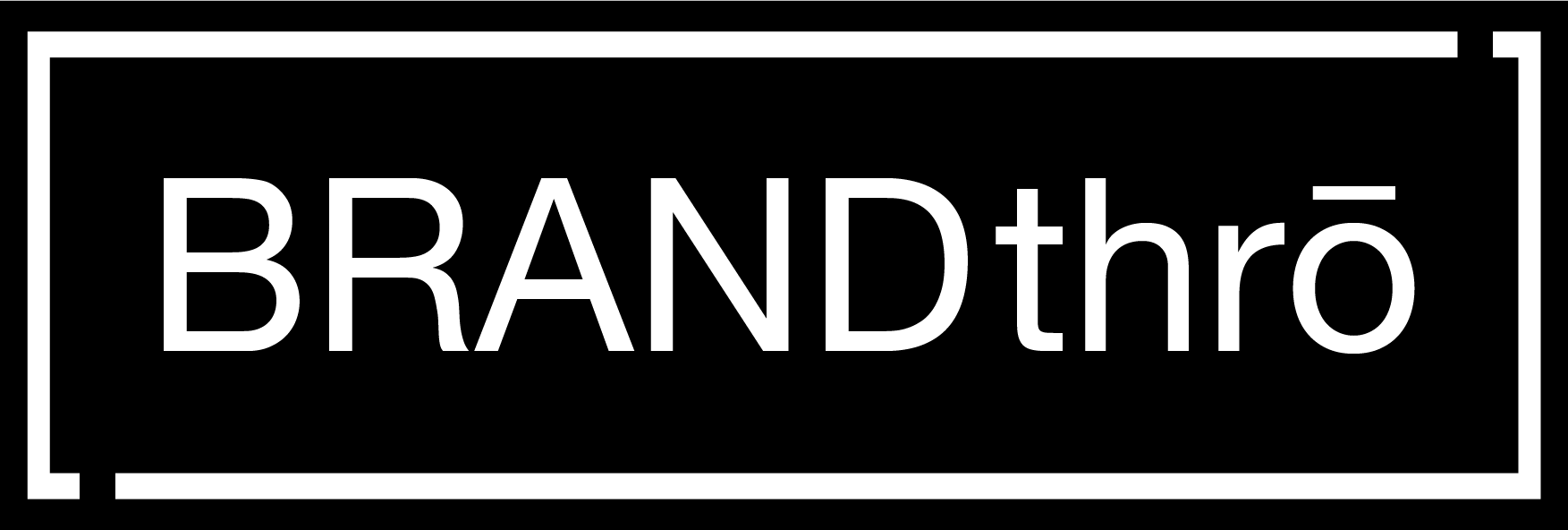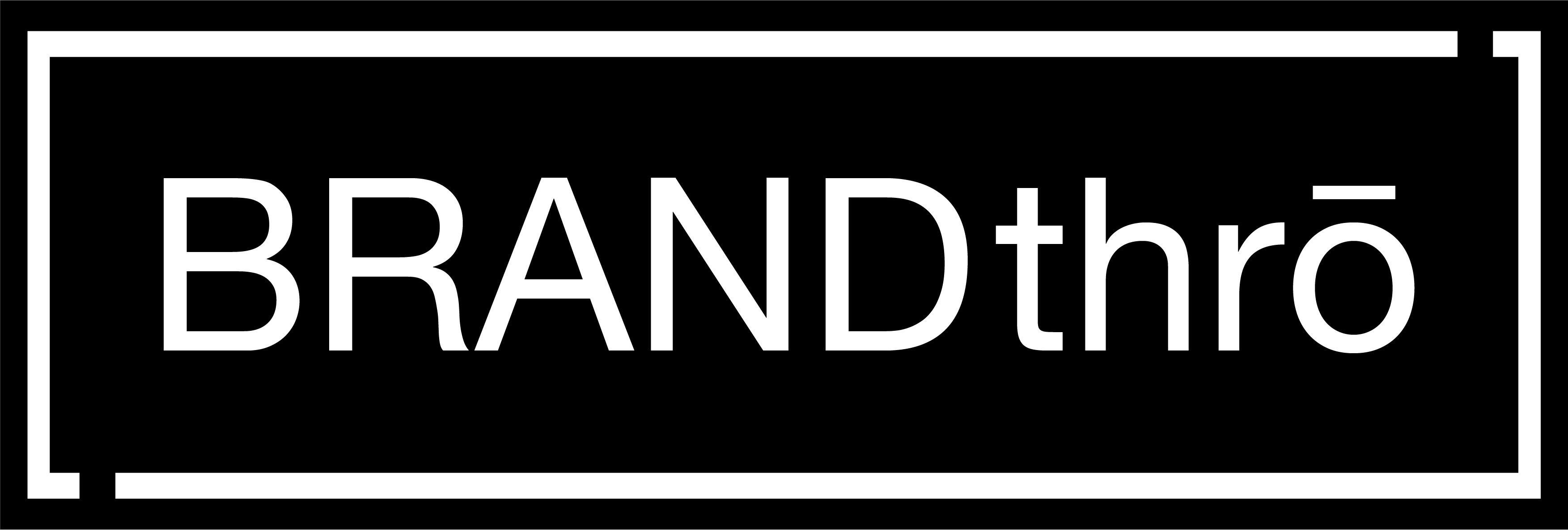A Conversation with LinkedIn’s Melissa Furze on the Future of Human-Led Emotional Connectivity and the Notion of Mental Availability
The debate between performance marketing and brand marketing continues to chug along, right alongside the one over whether emotional needs trump functional ones, or vice versa. In today’s environment, there is no single right answer, but one thing is clear. The chasm between performance and brand focused marketing needs to be closed and closed quickly. This is especially so in the B2C space, but even more pronounced in the world of B2B marketing. Believe it or not, B2B marketing decisions are among the most emotional, and often require up to 60 pieces of content and 15 decision makers before a purchase is made. To solve for these hurdles, regardless of who you are or what you are selling, learning how to lead with emotion and push hard into performance driven story telling has never been more critical.

A Conversation with LinkedIn’s Melissa Furze on the Future of Human-Led Emotional Connectivity and the Notion of Mental Availability
For these reasons, I wanted to speak to a world leader in consumer science and the evolving trends that are going to change the face of how customer connections will need to happen, particularly in an environment riddled with business challenges and economic headwinds. I recently sat down with Melissa (Mel) Furze, Global Director of Customer Science at LinkedIn who has been leading innovative and evolutionary thinking in these key areas for over twenty years. Following is a recap of our discussion:
Billee Howard: How has the quant function evolved and how has analytics fused with storytelling under your direction at LI?
Mel Furze: I’ve been working in analytical type roles for about 20 years, and it’s fair to say it’s one of the disciplines that has significantly evolved over that time. In thinking about some of the ways that evolution has occurred, I look at it in a few different ways.
One, is clearly the data tsunami, right? This came our way around 15 years ago. It was at this time we were just starting to get a handle on the idea of what it meant to have not just the volume of data that we’re working with for the first time, but also the variety. We were able to get clickstream data no longer just transactional CRM database data, or third party data, We started to get a lot more first party data with a lot of volume, variety, and velocity and that was significant. Also, on the technology side, there were a lot of advancements that allowed us to start to mine the data, store the data at speed and then add a lot more intelligence tools at the application layer.
From a company standpoint, the biggest changes that I’ve seen are that analytical/quant functions are no longer the back end functions that sit behind technology teams. Instead, we’re seeing at LinkedIn with our customers and ourselves that analytics teams are now more tightly aligned to the commercial arms of businesses. They are much closer to the center of decision making than they have been in the past. What’s super interesting is that analytical organizations are now in lots of different parts of companies where they didn’t previously have that type of capability. We now even have analytics specialists in the sales team and function. You’ve got sales operations teams that are now highly analytical.
Certainly, with our data at LinkedIn, we see that analytical skills are one of the most in-demand skillsets globally, in our latest report in 2023, it was one of the top ten most in-demand skills. This is a time of great adoption and excitement to grow a career in this area.
Howard: Tell me about how you created the customer science team and what’s been your greatest accomplishment to date?
Furze: We’ve been a team now for 18 months, so a year and a half old. The inception of this team was the recognition that as we developed more sophisticated solutions and products for our customers and we invested in the product roadmap, we needed to equally invest in spaces to help our customers unlock value from those solutions. Right? What we recognized is that in order to do that, it requires a lot of specialist skills, and a lot of specialist knowledge on top of those products and services. We also recognized that we needed to have a unified Go to Market approach for how we deliver that type of value to our customers.
What we noted at the time was we had these specialists across our organization and the demand for their skills and the solutions they produced were unprecedented, particularly, things like our Customer Insights team. That’s where we found an insatiable appetite for insights from our customers to help them better navigate the complex macro environment. We certainly saw that through COVID. We see that now as companies are trying to navigate and better understand the headwinds that they’re facing from the economic downturn. With all that said, we’d previously had specialist teams, but they sat in different functions with different focus areas operating independently. There were a lot of subject matter experts, but We needed a unified strategy to unite them.
So, we sought out how we could think about our customers’ challenges holistically and present them with a series of solutions or consultancy options that could be presented in a more unified way? We knew we had the skills, experience, and knowledge, but decided to bring this team together to set the course for an even more ambitious organization anchored around what our customers need to have to drive growth and innovation. We are now made up of six capability areas and our mission is to combine the power of data, technology and behavioral science to unlock growth for our customers.
Howard: Why is emotion now even more important to creating human-led connection?
Furze: At the end of the day, everything we’re talking about and everything we’re trying to achieve as a team is in pursuit of our customers’ goals. Those are all human goals and human needs. Connectivity to those needs and their ambitions and the challenges that they face are very human, which means that we need to connect in a more human way. The best way to for us to do that is to really think about connecting through emotion. So, when I think about a couple of our capability areas such as data analysis, research, and insights, if you think about the goal of those teams, they produce analytics and recommendations. But the goal of that work is to drive an action, right? The goal is to better inform someone, change a perspective, shift a viewpoint, drive a change, and support an investment decision.
You may remember the emergence of the term actionable insights. I think for a long time the industry struggled to really understand what that meant. So, the way I’ve often thought about this is that the teams that you set up for insights and research roles need to understand decision science more than they need to understand data science. I have seen many companies over time investing in the latter. Yet, where we’re really focused is this idea of understanding what drives decisions, actions, and what challenges perspectives. Here’s the simple truth of all of this: if you want a human to act or do something differently, you have to provoke emotion. Humans will not act. They will not do anything different, unless it’s based on vested interest, and you’ve got them on the hook. The only way you can do that is with emotion. That’s where data driven storytelling comes in and is so important versus the actionable insights. Stories are the most powerful way to spark emotion. Emotion driven storytelling provokes a different perspective, idea, and action. That’s how you get someone on the hook with emotion.
Howard: So, in essence, something I have been talking about a lot lately emotive, brand driven, performative storytelling?
Furze: Exactly. Performance storytelling. You know, when I first started, it was all about trying to convince someone to make an investment decision using a 50 slide presentation showing the depth and granularity of the analytical rigor behind the recommendations. Now, we’ve fortunately evolved to crafting a story and painting a picture. As an analyst, on our team, you get the opportunity to do two things. You can paint a picture and a story around what we know today, and you get this unique opportunity to use analytical techniques like predictive analytics, predictive storytelling, to paint an incredible story about a future that doesn’t exist today but could. If someone was to take a different course, a different path, make a different decision, invest in a different space, change their strategy, augment a plan, you know you’ve turned an insight into an action that delivered value.
Howard: Last question, can you talk to me about the Category Entry Point (CEP) work you guys have done, and why marketing innovation driven by insights is so needed, particularly in the B2B space?
Furze: Yes, we’ve done some recent work on category entry points in our think tank, the B2Bi institute, working with a fantastic partner Jenni Romaniuk of the Ehrenberg Bass Institute. The best way to think about CEP’s is as the cues buyers use to access their memories when faced with a buying situation. The work is around this thinking applied in a B2B context and how it helps a B2B marketer extend the discipline and excellence in the space to achieve better outcomes by a better understanding of CEPs.
These come into play when faced with a buying situation and can include internal cues. Those are things around the motives and emotions that helps you better connect with your audience. However, they can also be external cues naturally: location, time of day, etc. These cues affect the buying situation. The important things about CEPs when it comes to brand is that it’s all about creating the initial mental availability for the decision maker when they enter a category to buy. Right? I love this phrase that the mind is the best search engine. Rather than Google, right? Yeah. So, this idea of easy to mind is easy to find, right? This is as human as it gets, right?
When you think about yourself, if you’re buying something in a B2C context, you know, you’ve instantly got a list of brands or products that may come to mind straightaway. If you’re going up the ladder on a high value item, you might do some initial research, but you likely have that mental list already that you’re searching for. In the B2B context, the brands that come to mind on a shortlist are going to be informed by how many category entry points relate to that product for your buyer. When you’re at that point in time, things can also relate to their emotional state. So, the job of CEPs is to help brands build useful associations between their brand and the categories core buying situations. What that means is that when your buyer enters the category, your brand has a greater chance of being remembered, right? The reality is B2B sales cycles are long, and these types of purchases are things you only swap out and replace three- or five-year cycles for your company. And so B2B marketers need to make sure the brand gets remembered when customers eventually enter the category. CEPs help marketers bring clarity and focus to their messaging strategy in a way that optimizes the memorability of their brand.
Howard: Just like segmentation?
Furze: Spot on. If you think about someone buying a cloud solution today, if they’ve just implemented one on the company, they’re probably not going to be back in market for another five years. This is why it’s so important to continue to refresh memory structures for brands, because as people shift roles, they become different buyers in different organizations for different categories; You must think about how you continue to build those memory structures and continue to evolve understanding. What we know from our own research is that most B2B buyers actually feel pretty misunderstood.
It’s critical that you ensure that you are representing the true needs of your customers at every turn. This is how marketers can become more customer centric. They can constantly turn up showing that they understand an organization’s challenges, the things that inspire them, the things that challenge them, their aspirations. And, the number one way they can do that is through emotional messaging, connecting again by leading with human-connectivity




